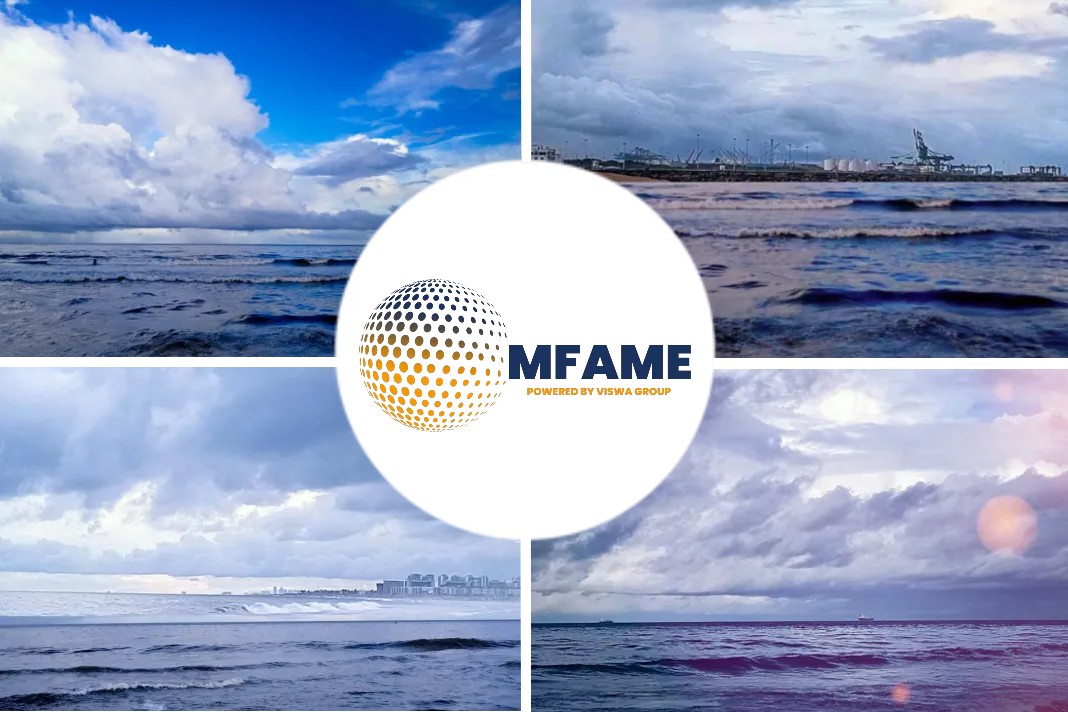- Asian clean and dirty tankers witnessed the best first quarters in years.
- It was traders rushed to store oil products on the water as the COVID-19 pandemic slashed oil demand globally.
- The boom in rates is not expected to continue beyond Q2.
- It is expected that the uptrend was unsustainable and a significant correction is needed.
- Saudi-Russia crude price war is temporarily offsetting a slowdown in demand for dirty tankers
- LR2s are also commanding record high premiums of close to $1.5 million over LR1s.
- Spot earnings for VLCCs on Persian Gulf-North Asia route are currently at more than $225,000/day.
According to an article published in Platts, Asian clean and dirty tankers have just had one of their best first quarters in years as traders rushed to store oil products on the water as the COVID-19 pandemic slashed oil demand globally.
Boom expected to remain
The boom in rates is not expected to continue beyond Q2. Given the magnitude of the jump in rates in Q1, market participants said the uptrend was unsustainable and a significant correction was expected sometime in the current quarter, with the precise timing hinging on how the global pandemic pans out.
Dozens of VLCCs and Long Range 2 tankers are currently being deployed as floating storage for crude oil, gas oil, jet fuel, gasoline, and other oil products, making spot tanker freight one of the best performing asset classes at a time when the prices of most commodities are at multiyear lows.
“The outbreak of the coronavirus has impaired major economies around the world and slowed down demand for oil products,“ BIMCO’s Chief Shipping Analyst Peter Sand said. The Saudi-Russia crude price war is temporarily offsetting a slowdown in demand for dirty tankers, but this will only underpin the market for so long – and the outlook is not shaping up positively in the medium term, Copenhagen-based Sand said. On the contrary, the medium-term outlook is gloomy, he added.
Similar sentiments echoed
Echoing similar sentiment, Oslo-based senior analyst with Arctic Securities Ole-Rikard Hammer said: “The outlook is bullish for the short term for all tankers, but one needs to be cautious for the medium term.“
The current strength in tanker markets is based on imbalances in the oil market that are unlikely to last, Hammer noted. The strong demand for floating storage for both crude and refined products was simply because there were hardly any buyers for prompt deliveries, market sources said.
With the collapse in oil demand and the likely increase in supply from the Middle East in Q2, the world is running out of suitable storage space and the tanker fleet was next in line as a tool to manage the surplus, Hammer said.
While this directly involves mainly VLCCs, rates are going up across the board for all size classes, he added.
Trending higher
The Worldscale rates for both LR1s and LR2s on Persian Gulf-North Asia routes crossed the key psychological mark of w200 last week for the first time in 2020 and currently remain above that level, according to S&P Global Platts data. The LR2s are also commanding record high premiums of close to $1.5 million over LR1s on Persian Gulf-Europe routes.
Dirty tanker rates have been skyrocketing since the breakdown of earlier crude output cut negotiations between Saudi Arabia and Russia, said Ralph Leszczynski, research director with Genoa-based tankers brokerage and consultancy, Banchero Costa.
Spot earnings for VLCCs on the benchmark Persian Gulf-North Asia route are currently at more than $225,000/day, the highest in almost six months, according to the estimates of brokers.
If the supply increase promised by Saudi Arabia is realized, the outlook for dirty tankers will be even stronger, Leszczynski said.
While the US this week was making efforts to draw OPEC and Russia to the negotiating table, Hammer noted that last time it took 14 months for Saudi Arabia and Russia to agree to production cuts — although reaching an agreement this time was expected to be faster.
Counter cycle
For refined products, a flurry of chartering activity in Q1 as demand plunged in China due to coronavirus lockdowns created an arbitrage opportunity to ship excess product from Asia to Europe, Leszczynski said.
Now activity in China is slowly returning to normal, it is unraveling in Europe, where demand for gas oil, gasoline, and jet fuel is falling dramatically, he added.
Nevertheless, tanker rates will continue to run counter to intuition, as the cycle will play in reverse once a recovery in oil demand follows an eventual easing of coronavirus-induced travel restrictions, Hammer said. A cut is also expected in crude and refined oil products output in Q2, and a destocking cycle would quickly eat into the floating storage surplus, resulting in the freight market being hit by both low demand for transportation and more ships becoming available as floating cargoes are released, he said.
Traders are currently booking more oil tankers as floating storage to buy up cheap oil, betting they can resell at a profit when the oil market recovers, said Sunil Thakur, a Mumbai-based dirty tankers’ broker with Straitship Brokers.
Other sources are quick to point out that many of the latest crude loadings in Saudi Arabia have no listed destination and are probably unsold cargoes — crude and oil products that traders cannot currently sell.
Did you subscribe to our daily newsletter?
It’s Free! Click here to Subscribe!
Source: Platts























